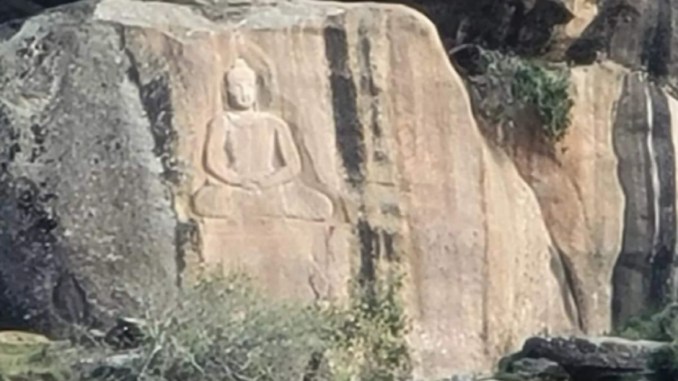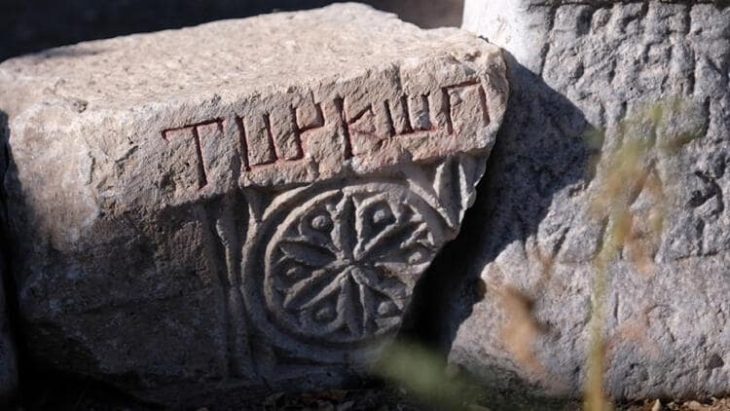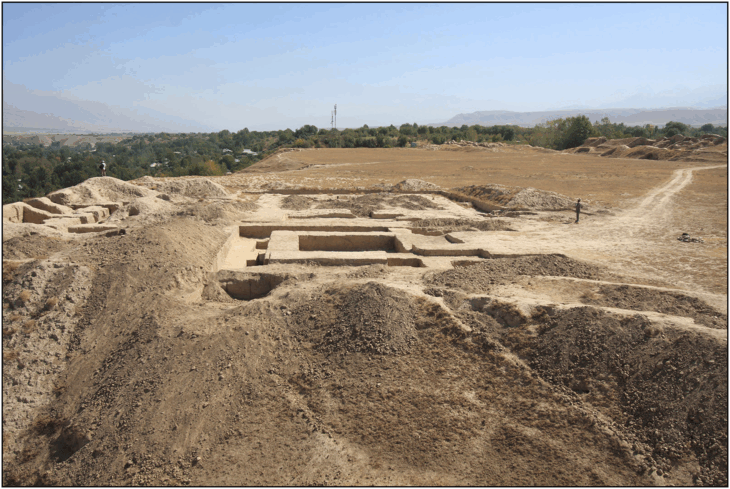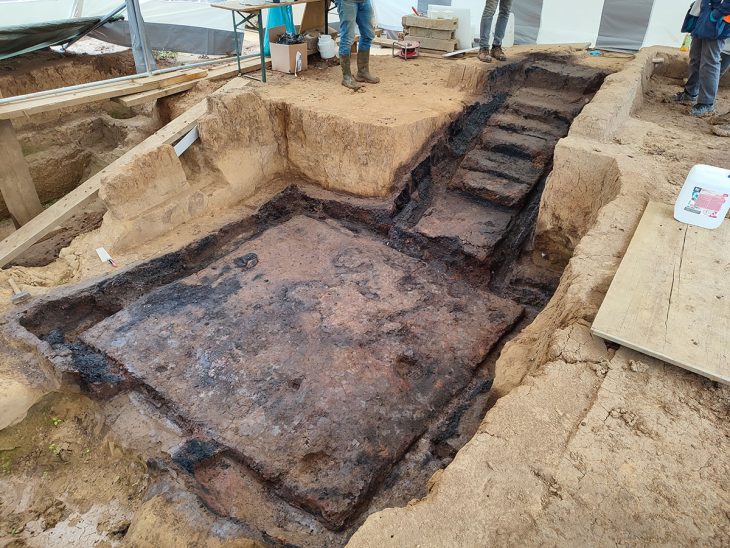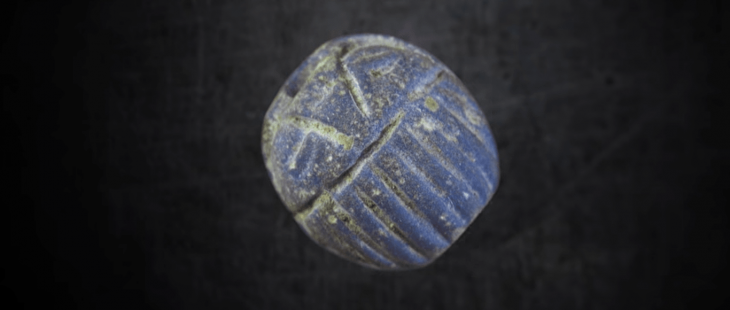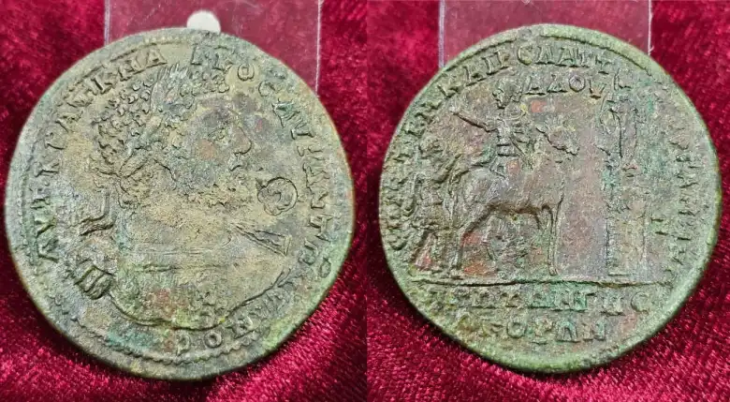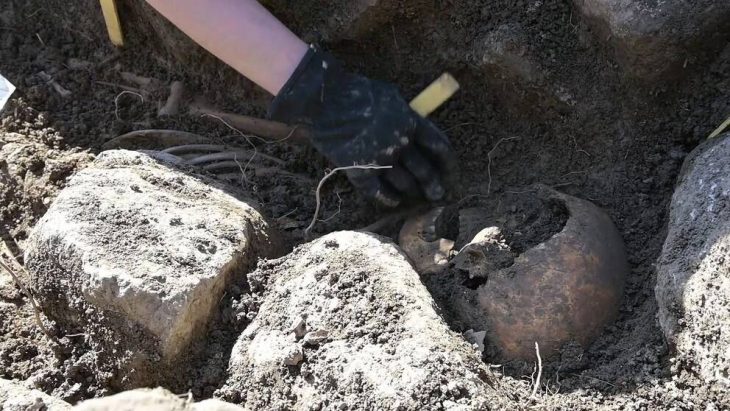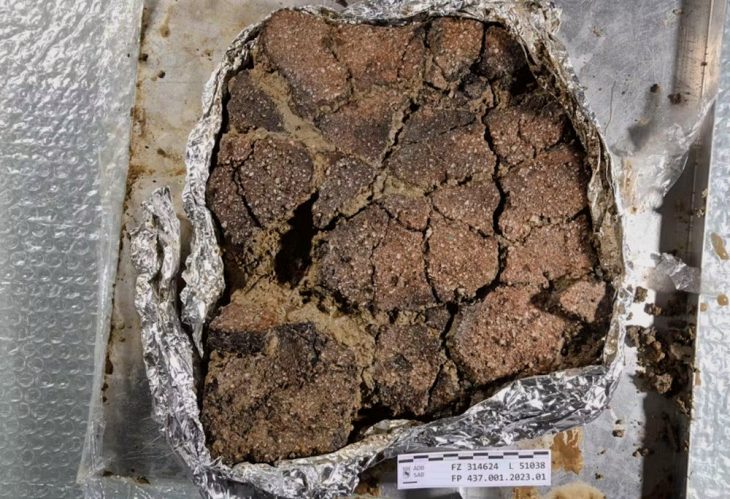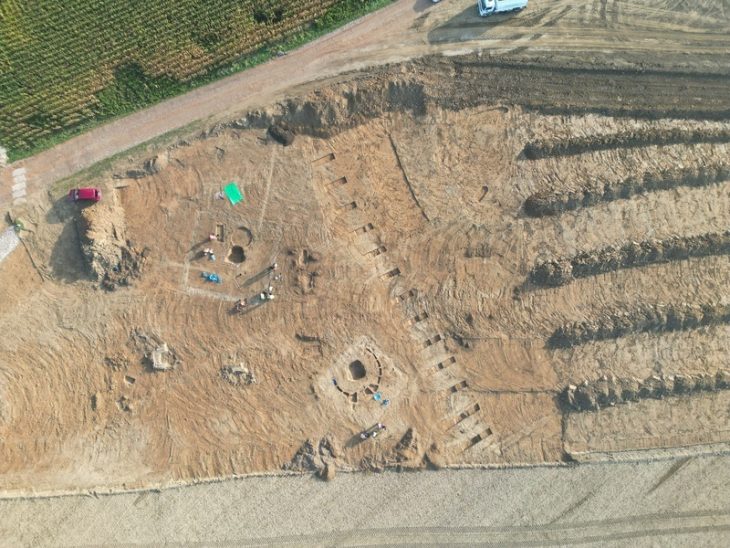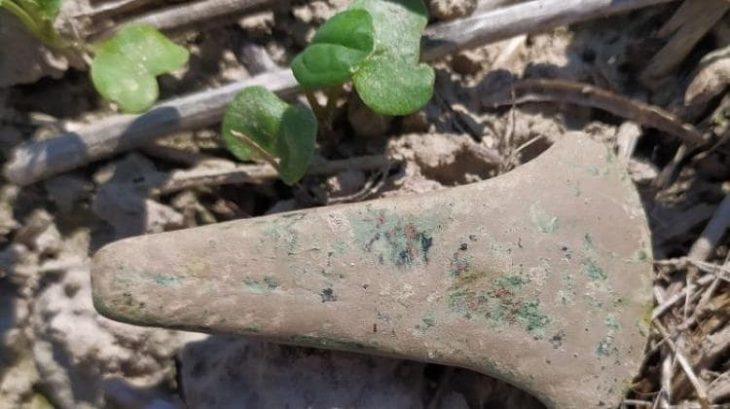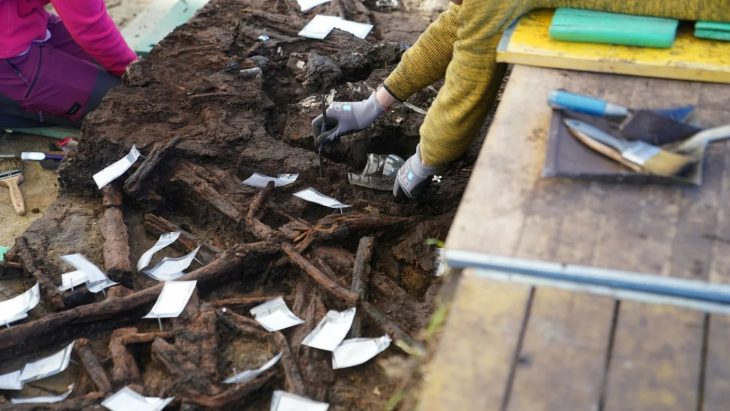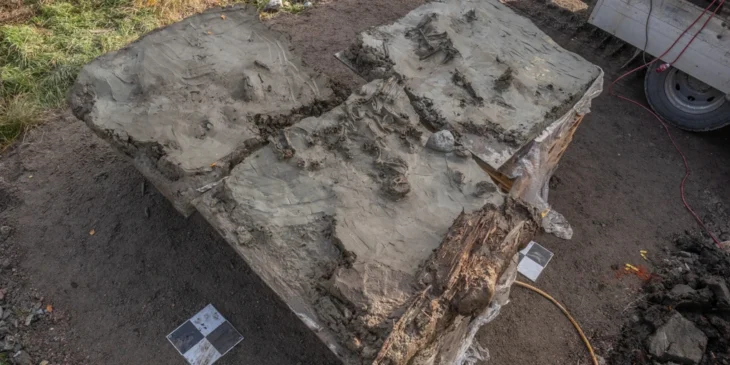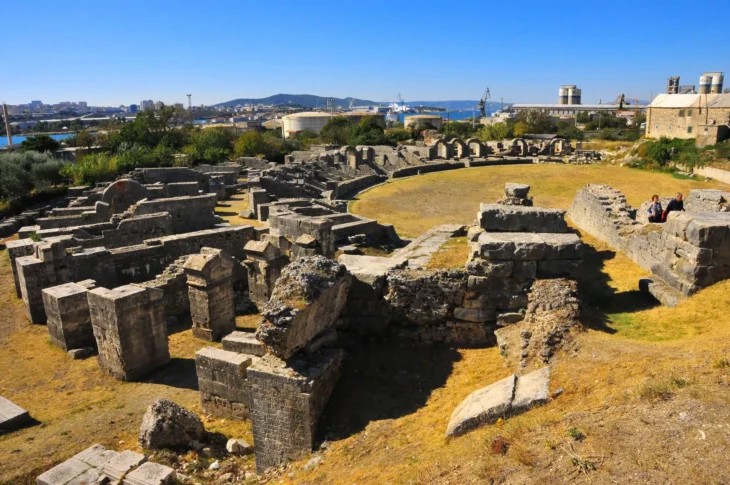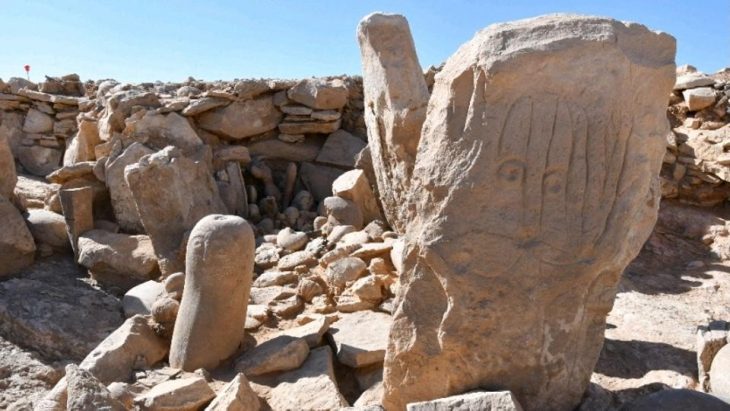Remains of a 2300 years old Buddhist Temple have been discovered in Northwest Pakistan by a joint team of Pakistani and Italian archaeologists.
In partnership with archaeologists from Pakistan, archaeologists from the Italian Archaeological Mission, known as the ISMEO, have been excavating the ruins of the Bazira city from the Buddhist period in Barikot tehsil of Swat District in Khyber Pakhtunkhwa province.
The Italian Mission also announced the finding of a full Shahi Vishnuite temple in Khyber Pakhtunkhwa a few days earlier.
“The Pakistani and Italian archaeologists during joint excavations at a historic site have discovered over 2,300 years old Apsidal temple of the Buddhist period in north-west Pakistan besides recovering other precious artifacts. The temple discovered in Swat is even older than the Temples discovered in Taxila remains of Pakistan,” a senior official said.
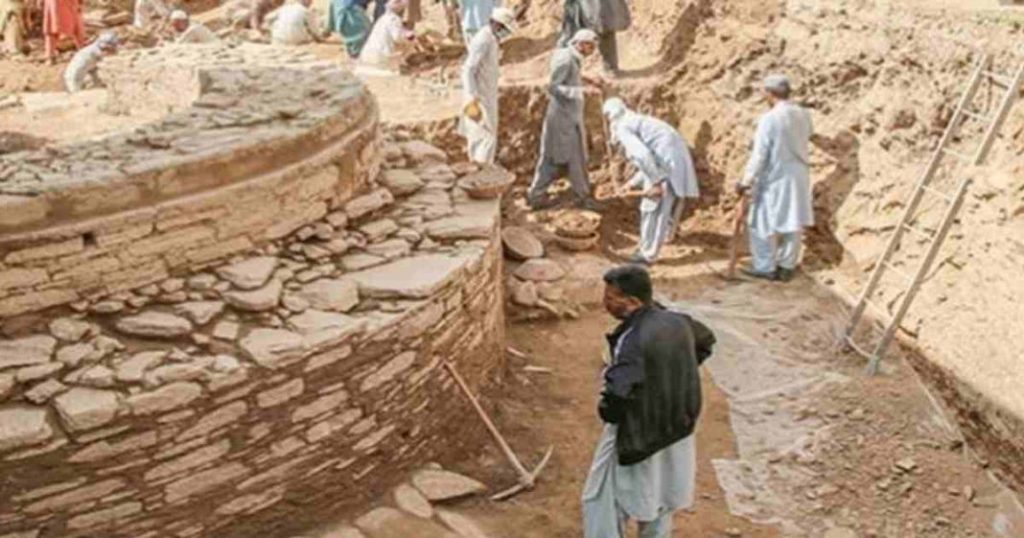
Apart from the temple, the archaeologists have recovered over 2,700 other artifacts of the Buddhist period which included coins, rings, pots, and writing of the kharosthi language of the Greece king Menander period.
📣 Our WhatsApp channel is now LIVE! Stay up-to-date with the latest news and updates, just click here to follow us on WhatsApp and never miss a thing!!
The recent discovery of artifacts in Bazira city proved that Swat had been a sacred place for six to seven religions.
“It is a significant discovery in many ways especially in connection with religious harmony, tolerance, and multiculturalism in the Gandhara period,” said Abdul Samad Khan, regional chief archaeologist.
The Gandhara kingdom emerged in what is northwestern Pakistan and eastern Afghanistan today in around 1000 B.C. and lasted for 1,000 years.
The city of Swat kept changing hands between Hindu, Buddhist, and Indo-Greek rulers, who first arrived in the region from Greece with Alexander III of Macedon, commonly known as Alexander the Great.
Khan said the discovery of Hindu and Buddhist temples was a signal that either the followers of these faiths lived together in the region or built layered structures one after the other.
Dr. Samad informed that the Khyber Pakhtunkhwa government has purchased fourteen archaeological sites, where excavation was in progress.

